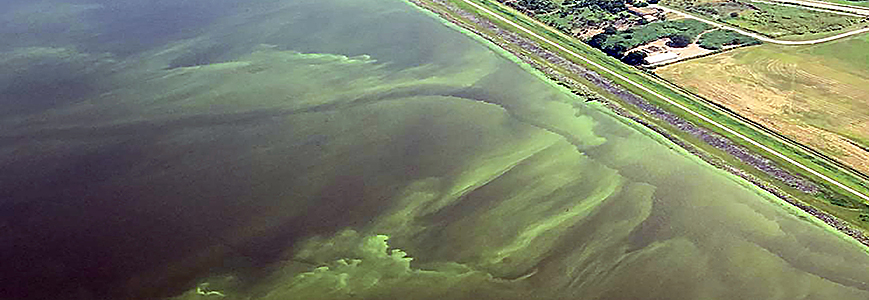Toxic Algae

Sorry! No swimming allowed! No one wants to see that sign posted at the local swimming hole. But if there’s an algal bloom, there might need to be one.
When certain kinds of blue-green algae -- properly known as cyanobacteria -- multiply rapidly and release toxins into lakes and waterways, the result is a harmful algal bloom, a subject of intense concern to the public-health and ecology communities.
However, "Not all cyanobacteria produce toxins," says Emily Paine, a guest researcher from the U.S. Geological Survey (USGS). "So to better localize, track, and understand a threat, we need some way to distinguish the potentially harmful organisms from the harmless, even though they look virtually identical.”
Researchers in NIST’s Physical Measurement Laboratory are helping USGS determine whether that is possible. One potential way to do so is with hyperspectral imaging (HSI). Whereas the human eye sees color in three broad bands — red, green, and blue — HSI collects spectral data in dozens of very narrow wavelength bands and builds up detailed composite images, wherein a complete spectrum is associated with every pixel. In that form, each kind of object has a unique spectral signature. USGS has long used the technique to make mineral and vegetation maps, and conduct groundwater surveys. The partnership effort with NIST may help reveal the telltale signs of the toxic bacteria.
Photo credit: USGS
Contacts
-
PML webmaster

